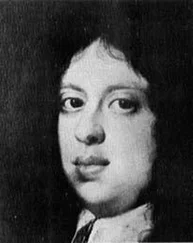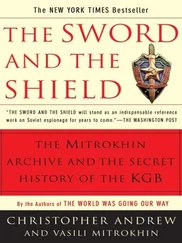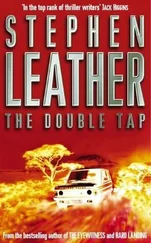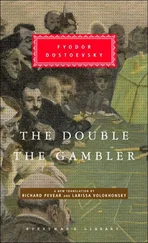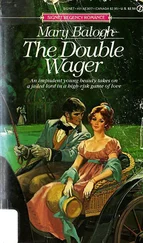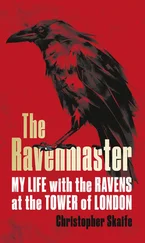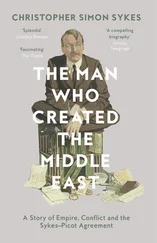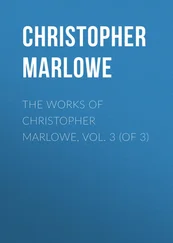In addition, everyone knew that the northernmost of the three houses across the cove in which they capsized their canoes had once belonged to Tom and Daisy Buchanan. Daisy was the Louisville belle Gatsby had longed for and Tom was her husband. The Buchanans’ Georgian Colonial was the oldest of the three homes, the other two having been built when Pamela Buchanan Marshfield-Tom and Daisy’s daughter-subdivided the estate in the early 1970s. Where there had once been a half-acre of roses there was now a north-south tennis court that belonged to a family named Shephard; where there had once been a barn housing Tom Buchanan’s polo ponies there was a sprawling replica Tudor owned by a family named Winston. Pamela sold the remaining property-the house in which she grew up and where she lived as a married adult until she was almost sixty-in 1978, the year before Laurel was born.
Consequently, Laurel never knew Pamela when she was growing up. They wouldn’t meet until she was an adult herself.
But her father knew Pamela. He hadn’t known her well, but that wasn’t because she was an eccentric recluse. Pamela and her husband simply traveled with a much older (and, yes, even wealthier) crowd than Laurel ’s parent’s, and for fairly obvious reasons were not members of the relatively casual country club across the cove. Instead, they belonged to a far tonier marina farther east on Long Island.
Nonetheless, when Laurel contemplated her childhood, more times than not the names Gatsby and Buchanan never even entered her mind. If she thought of them at all, she viewed them as insubstantial ghosts, wholly irrelevant to her life in Vermont.
But then she saw the dog-eared photographs that Bobbie Crocker-indigent, good-tempered (most days), and mentally ill-had left behind after he died at the age of eighty-two. The old man suffered a stroke in the stairwell on his way to his dormitory-like studio in what had once been the city’s Hotel New England, but was now twenty-four heavily subsidized apartments the formerly homeless could rent for about 30 percent of their disability benefits or Social Security, and as little as five dollars a month if they hadn’t any income at all. Bobbie had no family that anyone knew of, and so it was his caseworker who discovered the carton of old photographs in his one closet. They were badly preserved, the images stacked like paper plates or wedged upright into folders like old phone bills, but the faces were clearly recognizable. Chuck Berry. Robert Frost. Eartha Kitt. Beatniks. Jazz musicians. Sculptors. People playing chess in Washington Square. Young men tossing a football on a street in Manhattan, a Hebrew National billboard towering overhead. The Brooklyn Bridge. A few clearly more recent ones from Underhill, Vermont, including some of a dirt road-one with a girl on a bike-that Laurel knew all too well.
And in a separate envelope designed for a greeting card, the snapshots: smaller, though equally as distressed. She recognized instantly the home of Pamela Buchanan Marshfield. Then the country club from her childhood, including the Norman-like tower, when it was owned by a bootlegger named Gatsby. The original swimming pool, with the tower behind it. Parties, such as those that were celebrated on the walls of that country club dining room. Pamela Buchanan Marshfield as a little girl, standing beside a boy a couple years younger, a tan coupé off to their side. Gatsby himself, beside his bright yellow roadster-the car that Tom Buchanan dismissed at least once as a mere circus wagon.
There were just about a dozen of these smaller photos, and hundreds of negatives and larger prints that she presumed Bobbie Crocker had taken himself.
Laurel did not know instantly who the little boy was beside Pamela. But she had a hunch. Why couldn’t Pamela have had a brother? Why couldn’t he have wound up homeless in Vermont? Stranger things happened every day. But she certainly did not suspect the whole truth when she first tried to make sense of the box of dingy pictures, or imagine that soon she would wind up alone, estranged from her lover and her friends, once more pursued and shaken and scared.
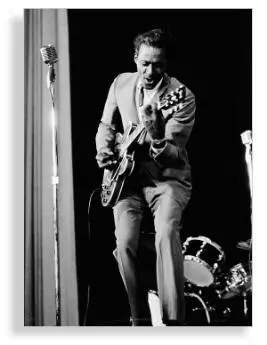
…patient still obsessed with the old photographs. Talks of them constantly, wants to know where we’ve put them. Plans to have a show someday-a “spectacular show”…
Plan: Continue risperidone 3 mg PO BID
Continue valproate 1000 mg PO BID
Given security issues, no off-ward privileges at this time.
From the notes of Kenneth Pierce,
attending psychiatrist,
Vermont State Hospital, Waterbury, Vermont
P AMELA BUCHANAN MARSHFIELD saw the ad the homeless shelter in Vermont had placed in the newspaper before her attorney did. She realized right away it was about her brother and her brother’s work.
Memory, she knew-especially when you were her age-was nothing if not eccentric. Consequently, when she thought of Robert, she did not recall a grown man. Instead, she thought instantly of the infant she would take from the nurse’s arms and show off to her parents’ guests as if he were her own. And, in some ways, he was. She was helping to change his diapers, she was helping to feed him. She would carry him out to the garden and hold his face up to the roses so he could breathe in their perfume. She would let him sniff the polo ponies, and the polo ponies sniff him. Her parents’ marriage grew considerably less turbulent in the first years after he was born, and it was the only period from Pamela’s childhood when she did not recall them fighting. They may even have been drinking less. Her mother was perhaps never happier than when her brother was cuddly and small and smelled of talcum; the myriad disappointments that already had marked Daisy’s life-and Daisy herself was still very young then-must have seemed considerably easier to shoulder when she cradled her baby.
Unfortunately, it didn’t last. It couldn’t. The fissures that were the distinguishing feature of Tom and Daisy Buchanan’s marital landscape were far too wide for a baby to bridge. For any baby. Nevertheless, Pamela hoped and prayed and craved nothing less than a lightninglike miracle from that child. That toddler. That little boy.
Pamela had read somewhere that infants only saw black and white when they were first born. They didn’t yet distinguish colors. She thought this was interesting for a variety of reasons, but mostly because of one of her earliest memories of her brother. It was a day the summer after he was born. Her father wasn’t home, but her mother had returned from a lunch with some lady friends just about the time that she and her brother were awakened by their nurse from their naps. They didn’t usually nap in the same room, but they did that humid August afternoon: They had rested together in the parlor that looked out upon the terrace because the nurse could open the French doors and a breeze would come in off the water.
Daisy got out the album with the larger photographs and portraits, most from her adolescence in Louisville, and brought her two children with her to the couch. There she sat Robert upright in her lap as if he were one of his big sister’s teddy bears, while Pamela nuzzled beside her. She smelled of lemon and mint. Then she proceeded to tell her children-mostly Pamela, of course, since her brother was barely a season old-the stories of the people in each one. And while Pamela could no longer recall specifically what her mother had said that afternoon about her grandparents or cousins or aunts and uncles and suitors, she did remember this: Her brother would want to stare at the images long after she and her mother were ready to flip the page, and often he would reach out with his pudgy fingers and touch the black-and-white faces of the Fays from Louisville who had preceded them.
Читать дальше



